Pepper—often dubbed the “king of spices”—has played a significant role in global trade, culinary history, and traditional medicine for centuries. It is one of the oldest and most widely used spices in the world. Among the different varieties, black pepper (Piper nigrum) is the most prominent, and its production remains a critical economic activity for several countries across Asia, particularly in tropical climates. But have you ever wondered: Which country is the largest pepper producer in the world? This article explores that question in depth, revealing production data, agricultural practices, export trends, and the global importance of pepper.
A Brief History of Pepper
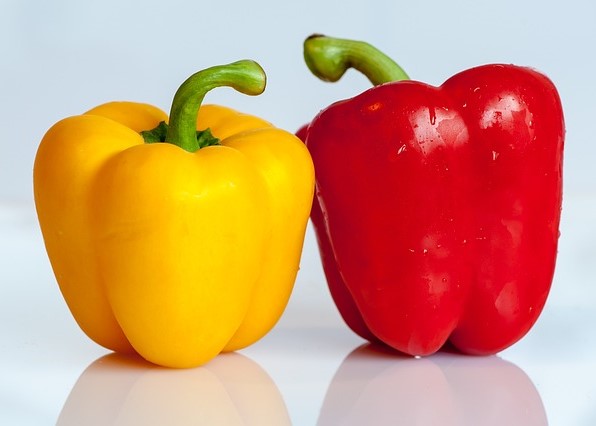
Before diving into the data, it’s essential to understand the spice’s historical significance. Native to the Malabar Coast of India, black pepper has been used in Indian cooking for over 4,000 years. It was so valuable during the Roman Empire that it was used as currency. European exploration, including the voyages of Vasco da Gama, was partly motivated by the quest for direct access to pepper and other spices from Asia. Today, the demand for pepper continues unabated, with global production steadily increasing.
Global Pepper Production: Key Statistics
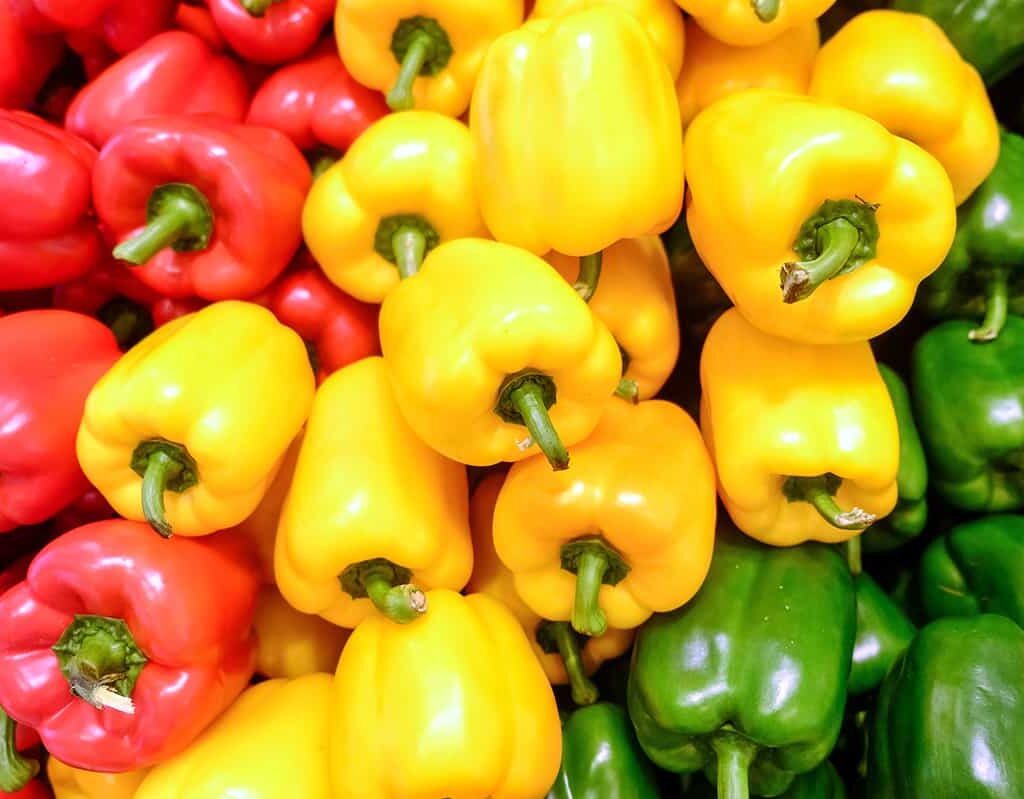
According to data from the Food and Agriculture Organization (FAO) and the International Pepper Community (IPC), Vietnam is currently the largest producer of pepper globally. In recent years, Vietnam has contributed over 35% to 40% of the total global black pepper production, solidifying its place as the world’s pepper powerhouse.
Top Pepper Producing Countries (as of recent statistics):
| Rank | Country | Annual Production (Metric Tons) |
|---|---|---|
| 1 | Vietnam | 250,000 – 270,000 |
| 2 | Brazil | 80,000 – 100,000 |
| 3 | Indonesia | 70,000 – 90,000 |
| 4 | India | 55,000 – 65,000 |
| 5 | Sri Lanka | 25,000 – 30,000 |
Note: Figures are approximate and vary year-to-year due to climate and market conditions.
Why Vietnam Leads the World in Pepper Production
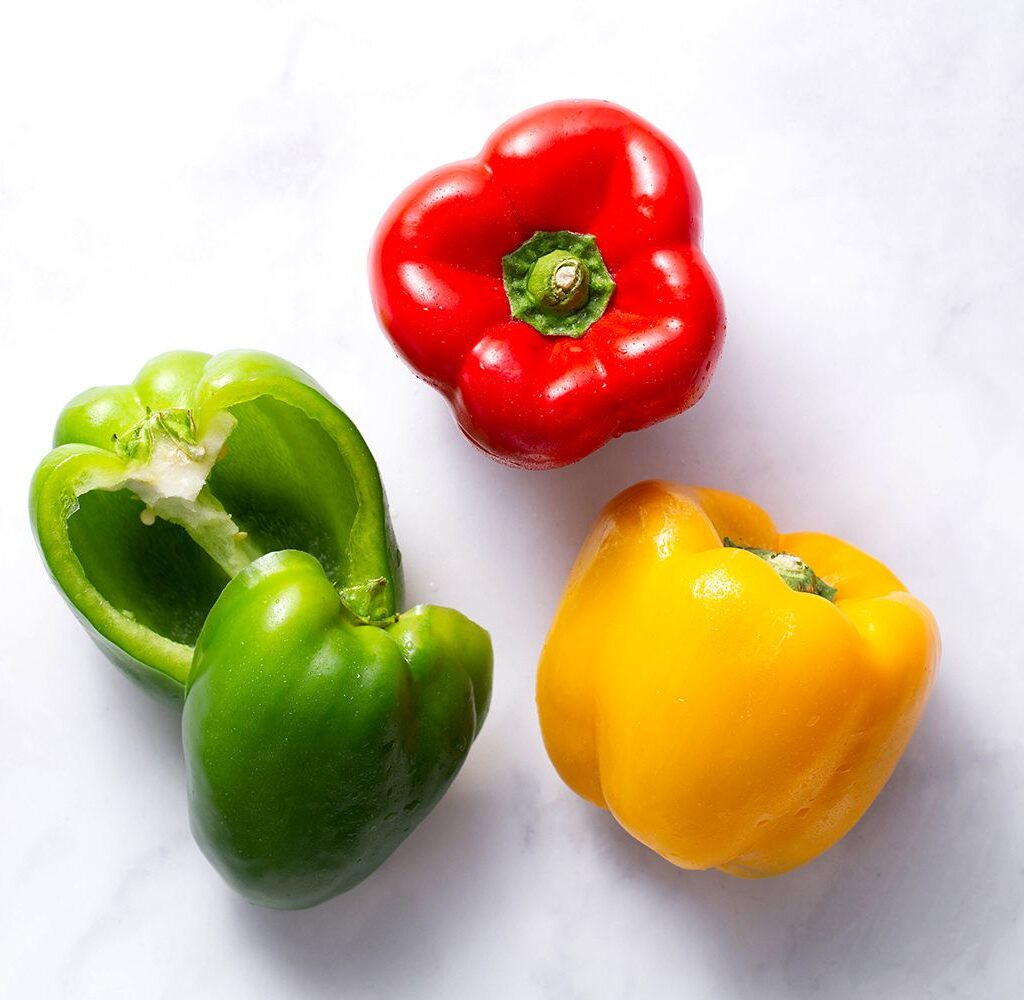
1. Favorable Climate and Geography
Vietnam’s tropical climate, abundant rainfall, and fertile soil make it ideal for pepper cultivation. The Central Highlands region, especially Dak Lak, Dak Nong, and Gia Lai, has emerged as the primary pepper belt of Vietnam.
2. Modern Farming Techniques
Vietnamese farmers have adopted modern agricultural techniques, including drip irrigation, organic fertilizers, and improved pepper varieties that yield more and resist diseases.
3. Strong Government Support
Vietnam’s government has provided agricultural training, subsidies, and export support, which has enabled small farmers to scale production. Export-oriented policies have helped the pepper industry flourish.
4. Efficient Supply Chain and Processing
Vietnam boasts an extensive network of processing units, exporters, and cooperatives that ensure high-quality grading, packaging, and marketing. Their pepper meets global standards, which is critical for the international market.
The Role of Brazil and Indonesia
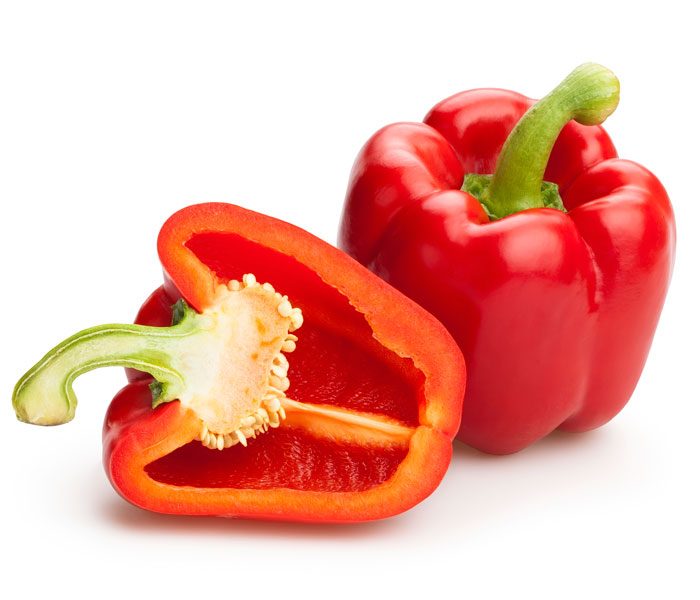
Brazil:
Brazil has significantly increased its pepper production in the past decade. The state of Pará is the leading producer, with a focus on both black and white pepper. The Brazilian pepper industry is also export-oriented, mainly targeting the U.S., European Union, and Middle East.
Indonesia:
Indonesia, particularly the islands of Sumatra and Kalimantan, has a long-standing history in pepper cultivation. While production has faced challenges like aging plantations and disease outbreaks, the country still holds a significant share of the global market, especially in white pepper production.
India: The Birthplace of Pepper
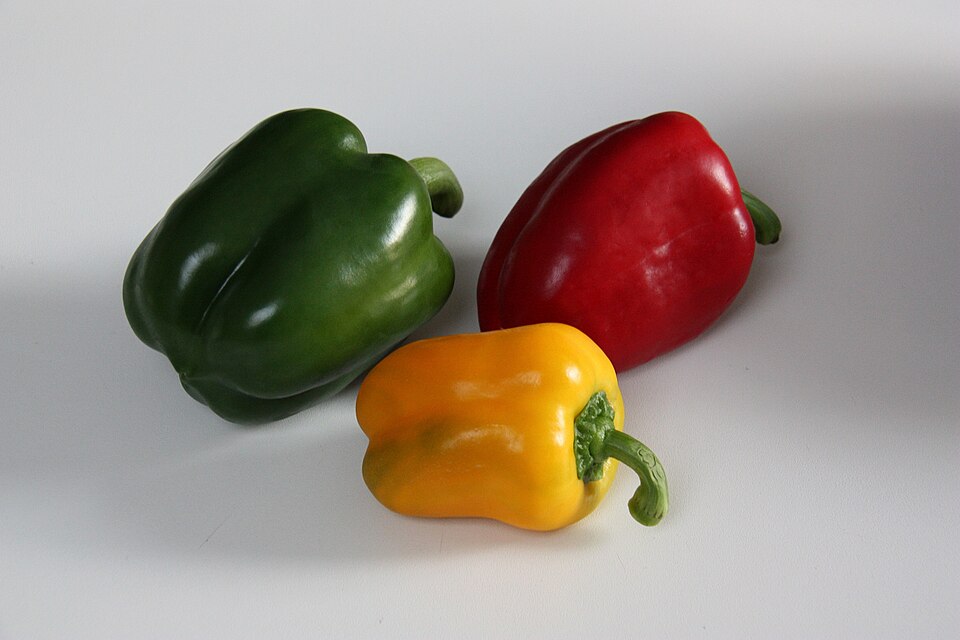
India, the historical home of black pepper, still produces a significant amount of the spice. The state of Kerala remains the largest producer, followed by Karnataka and Tamil Nadu. However, India’s domestic consumption is also high, which limits its availability for exports. While India has been overtaken by Vietnam in volume, it remains a premium producer in terms of pepper quality.
Export and Trade: Who Buys the Most Pepper?
Vietnam is not only the world’s largest producer but also the largest exporter of pepper. The top importers of Vietnamese pepper include:
- United States
- India
- Germany
- Pakistan
- UAE
These countries rely on Vietnam for both black and white pepper due to its competitive pricing and availability.
Global Demand Drivers:
- Food industry: Pepper is used in a vast majority of processed and cooked foods.
- Pharmaceuticals: Piperine, the active compound in pepper, is used in medications and supplements.
- Cosmetics: Some skincare and personal care products contain pepper extract for its antioxidant properties.
Challenges Faced by the Pepper Industry
1. Price Volatility
Pepper prices have been subject to wild swings due to overproduction, stockpiling, and shifting demand.
2. Climate Change
Irregular rainfall, heat waves, and pest outbreaks are increasingly affecting pepper yields in tropical regions.
3. Overdependence on Single Markets
Countries like Vietnam are heavily dependent on a few export destinations, making them vulnerable to trade restrictions or economic downturns.
4. Quality Control
With growing demand for organic and pesticide-free products, pepper producers must maintain strict quality standards to stay competitive.
The Future of Global Pepper Production
The pepper industry is expected to grow steadily due to rising global spice consumption. However, sustainability and quality will be the new drivers of growth.
Innovations Shaping the Future:
- Genetically improved pepper vines
- Blockchain for traceability
- Organic certification programs
- Farmer cooperatives and fair-trade models
Countries like Vietnam are already investing in these technologies and practices to maintain their leadership position.
Conclusion
To answer the thesis question—“Which Country Is the Largest Pepper Producer in the World?”—the clear leader is Vietnam. With its large-scale production, advanced agricultural methods, and strong export system, Vietnam has outpaced traditional producers like India and Indonesia. As global demand for spices continues to grow, especially in culinary, health, and wellness sectors, Vietnam is well-positioned to remain at the top of the pepper industry for years to come.
However, sustainability, innovation, and diversification will be key to maintaining this lead. For researchers, farmers, and traders alike, understanding the dynamics of pepper production—especially in top-producing countries—is essential for navigating the spice markets of the future.

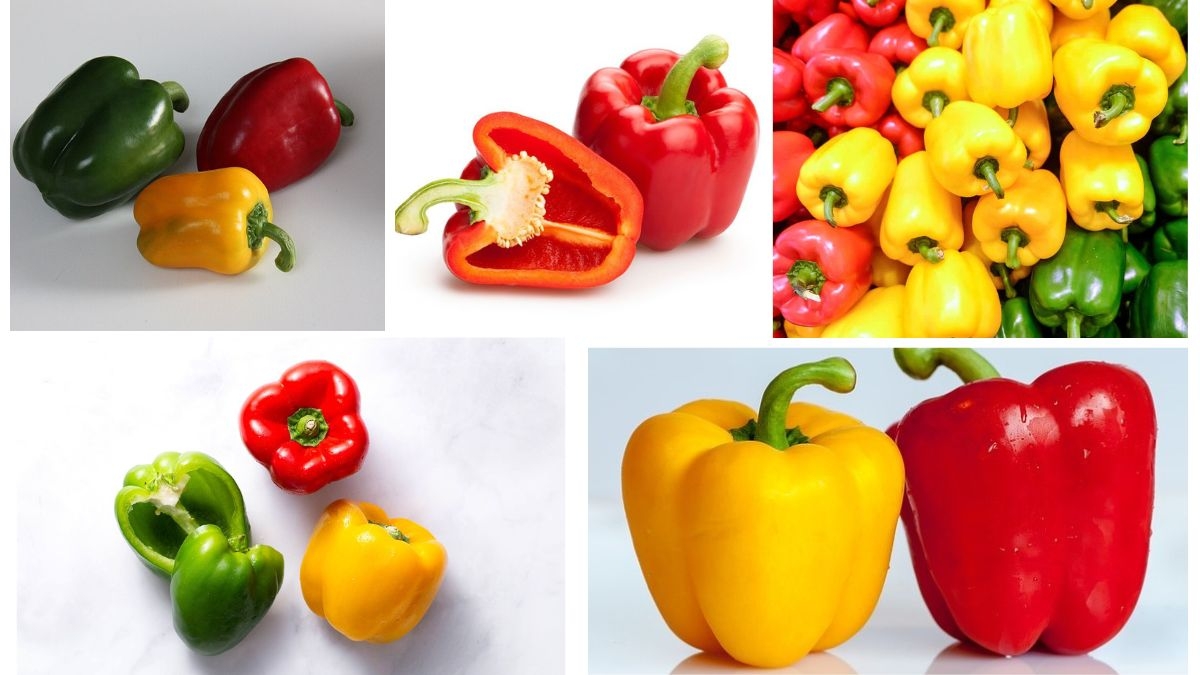


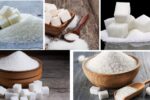
Leave A Comment